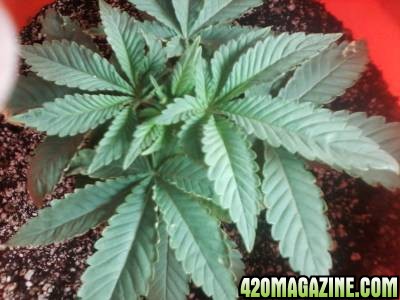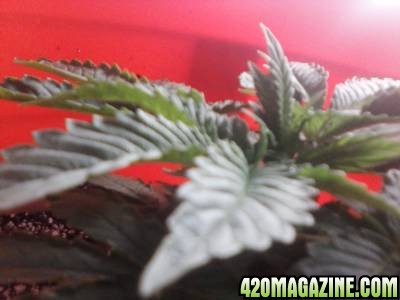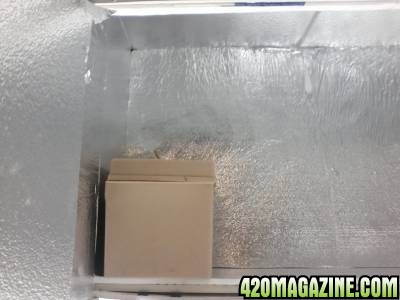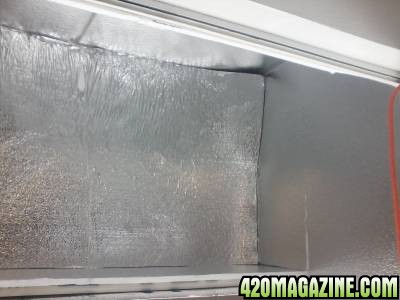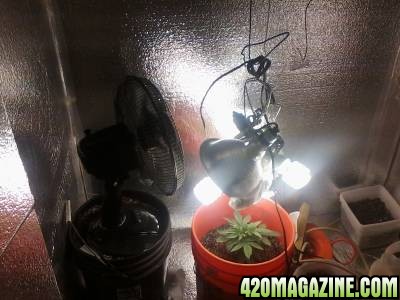- Thread starter
- #21
Bearswhowalk
New Member
Just did the first nute treatment at half strength.Also used the miracle grow plant food will see if it hurts
How To Use Progressive Web App aka PWA On 420 Magazine Forum
Note: This feature may not be available in some browsers.
